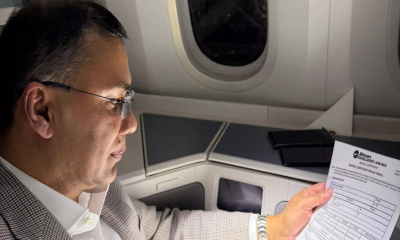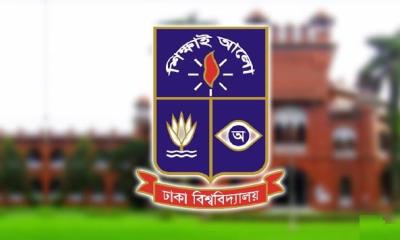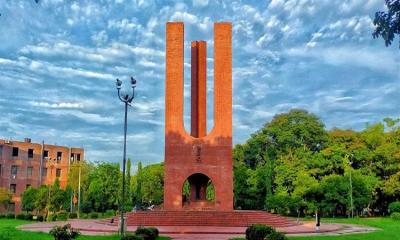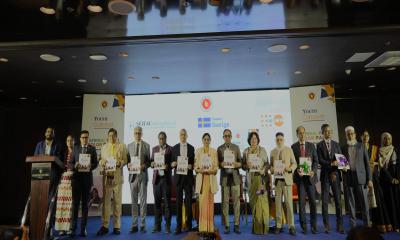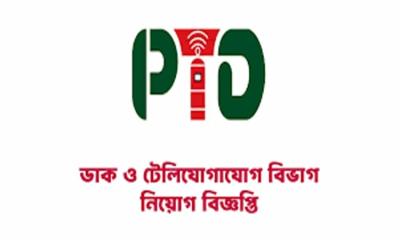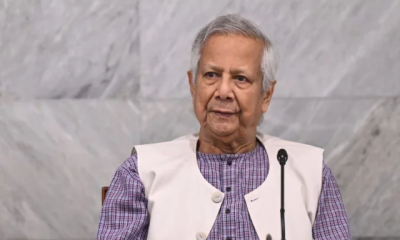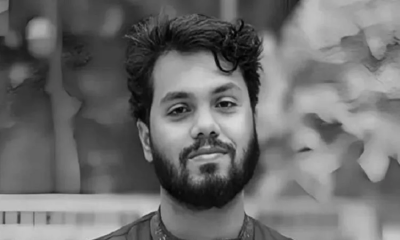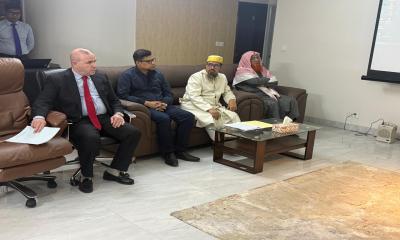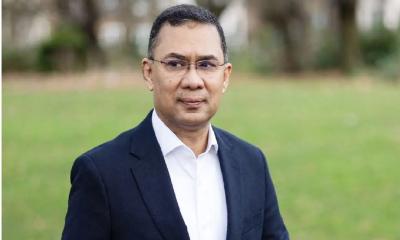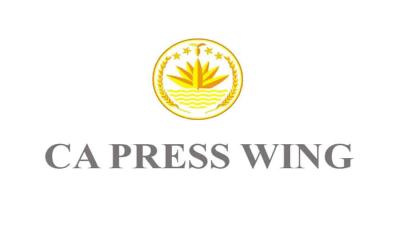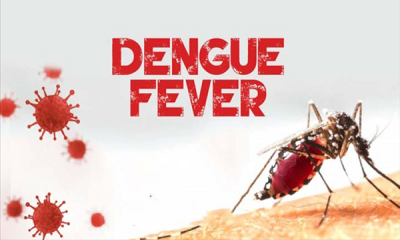In Bangladesh, cancer is responsible for 12% of all deaths each year, with new cases emerging at a rate of 53 per 100,000 people.
This alarming statistic comes from a recent study by the Public Health and Informatics Department of Bangabandhu Sheikh Mujib Medical University (BSMMU), which revealed crucial findings about the country`s cancer burden.
The results were shared on Saturday (February 1) during a program titled "Cancer Burden in Bangladesh: Evidence from the Population-Based Cancer Registry," held at BSMMU’s Super Specialized Hospital Auditorium.
This study was carried out in July 2023 in the Hosenspura Upazila of Kishoreganj District, where the research team conducted interviews with families using a national web-based cancer registry software. They started following up with the same families in July 2024.
Dr. Md. Khalequzzaman, Assistant Professor at BSMMU`s Public Health and Informatics Department, presented the study`s findings.
The research showed that for every 100,000 people, there are 106 cases of cancer, with 118 cases for men and 96 cases for women.
A total of 46,631 households and 201,668 people participated in the study, of whom 48.4% were male and 51.6% were female.
The study identified 38 different types of cancer among the participants.
One of the key findings was that 92.5% of cancer patients were between the ages of 18 and 75. Only 2.4% were younger than 18, and 5.1% were over 75.
When it comes to the most common types of cancer, the study found that breast cancer topped the list at 16.8%, followed by lip and oral cavity cancer at 8.4%, stomach cancer at 7%, laryngeal cancer at 7%, and cervical cancer at 5.1%.
For female cancer patients, 19% had cancers of reproductive organs. Of those, 11% had uterine cancer, 5% had ovarian cancer, and 3% had cervical cancer.
The research also revealed that many cancer patients had other health issues, such as hypertension (17%), diabetes (11%), heart disease (6%), chronic kidney disease (3%), and stroke (2%). Among the male cancer patients, 75.8% were smokers, while 46% of the cancer patients in the study did not use tobacco.
Most cancer patients, about 60%, received multiple treatments like surgery, chemotherapy, and radiotherapy. However, 7.4% of the patients did not receive any treatment after being diagnosed.
In terms of follow-up, 58,539 individuals from 13,411 households participated between July 1, 2024, and January 14, 2025.
Interestingly, new findings in the follow-up phase revealed that the most common types of cancer were lung cancer (16.1%), liver cancer (12.9%), and laryngeal cancer (12.9%).
Researchers stressed the importance of continuing to support the population-based cancer registry to better understand and combat cancer in the country.
This study sheds light on the growing cancer burden in Bangladesh, urging for more awareness and stronger healthcare support for cancer patients.


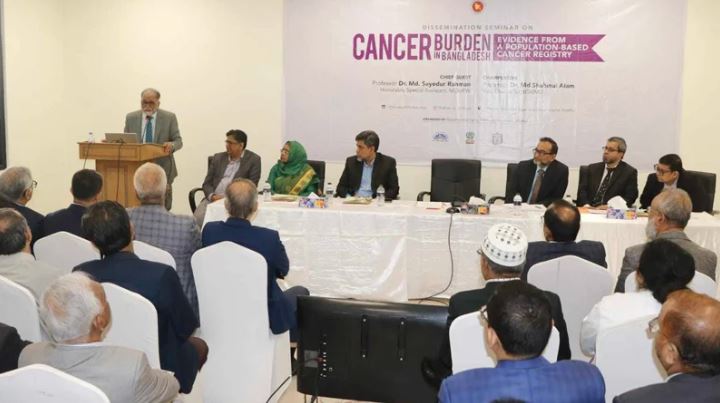

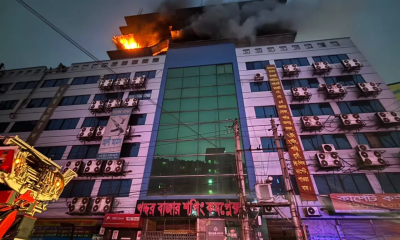
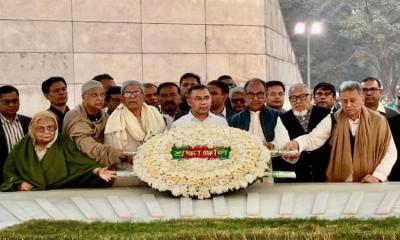


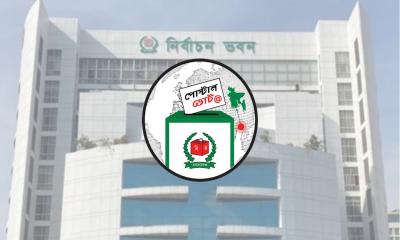


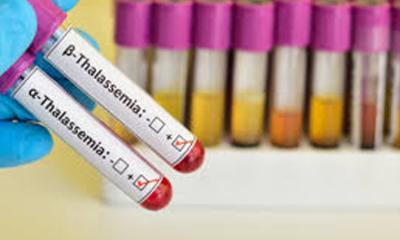
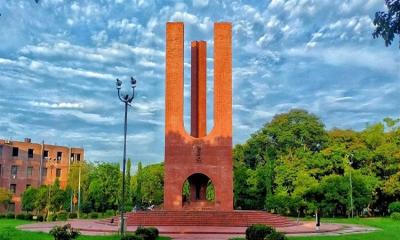
-20251226062607.webp)
-20251226051932.jpeg)

